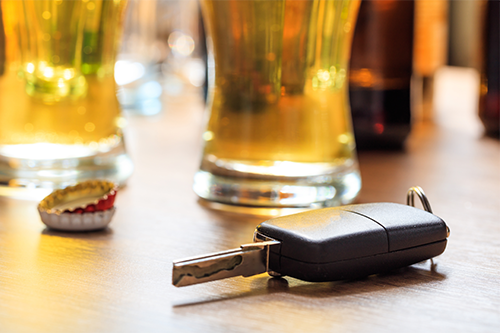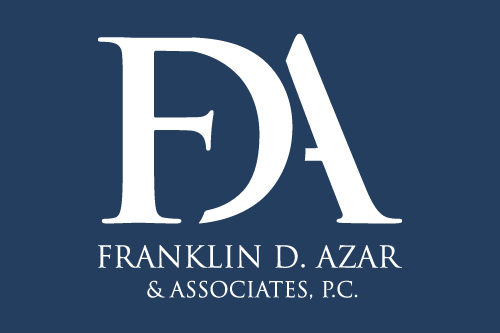First, the good news. Thanks to persistent don’t-drink-and-drive campaigns, tougher penalties for those who drive while impaired, and deterrent technology such as ignition interlock devices, the number of drunk-driving deaths in the United States has declined by an estimated 65 percent since the 1980s. That’s hundreds of thousands of lives that have been saved by people acting responsibly.
Unfortunately, drunk drivers remain one of the greatest dangers all of us face on America’s roads. Here are some startling facts and figures, courtesy of the National Highway Traffic Safety Administration:
- Drunk driving still accounts for nearly one-third of all fatal vehicle crashes.
- Every day, around 32 people die in drunk-driving crashes in the U.S.—roughly one death every 45 minutes.
- In 2020, 11,654 people died in alcohol-related traffic deaths, a 14% increase from 2019, despite decreased traffic because of the pandemic.
- On average over a ten-year period (2011-2020), approximately 10,500 people died each year from drunk-driving crashes.
- All of these deaths were preventable.
- Young men (in the 21- to 34-year-old age groups) make up the highest percentage of drivers who are legally drunk (a Blood Alcohol Concentration of .08 or higher), outnumbering women with a .08 BOC by a rate of four to one.
- Drunk drivers are not, of course, the only ones affected by their behavior. In 2020, among children killed in car crashes, more than one-fifth were killed by drunk drivers. And of that latter group, more than half the time the child casualty was a passenger in the drunk driver’s vehicle.
- In addition to the human toll, it’s estimated that the financial impact of impaired driving in the U.S. is in excess of $44 billion a year.
There is no simple explanation for why the deadly plague of drunk driving has proven so stubbornly resistant to efforts to eradicate it. The NHTSA data suggests that a core of chronic offenders accounts for a great deal of the problem; drivers with BACs of .08 or higher who were involved in fatal crashes are four times more likely than sober drivers to have prior convictions for driving while impaired.
But it’s also true that people who don’t consider themselves to be alcohol abusers can badly underestimate the effect that a couple of beers can have on their driving ability. Even a relatively low BAC of .02 can typically result in “some loss of judgment” and decline in visual functions, according to the NHTSA. A BAC of .05 can produce exaggerated behavior, reduced alertness, slowed reaction time and difficulty steering. The “Legally Drunk” standard of .08 (typically, three or four standard drinks) greatly increases the likelihood of poor muscle coordination, impaired perception and speed control, and greatly reduced information processing ability.
HOW TO AVOID BEING A STATISTIC
Fighting the drunk-driving problem starts with a single resolution: If you are drinking, don’t drive. Plan a safe ride home before you start the party. Choose a taxi, a rideshare service, or a non-drinking friend as a designated driver. If someone you know has been drinking, do not let that person get behind the wheel; take their keys and arrange a sober ride home. Always wear your seatbelt. And if you see an impaired driver on the road, call 911. Your actions could save someone’s life.
THE CAR ACCIDENT LAWYERS AT FDAZAR
For more than thirty years the attorneys at Frank Azar Car & Truck Accident Lawyers have helped thousands of injured people obtain complete and timely compensation for their losses. Our proven track record and expertise have allowed us to grow into the largest personal-injury law firm in Colorado, with offices in Denver, Aurora, Thornton, Fort Collins, Greeley, Grand Junction, Colorado Springs, and Pueblo. If you’ve been injured in a bus, car, truck, or motorcycle accident, you may be entitled to compensation. Please call the car accident attorneys at FDAzar day or night at 800-716-9032, or contact us here for a free consultation and no-obligation evaluation of your case.



